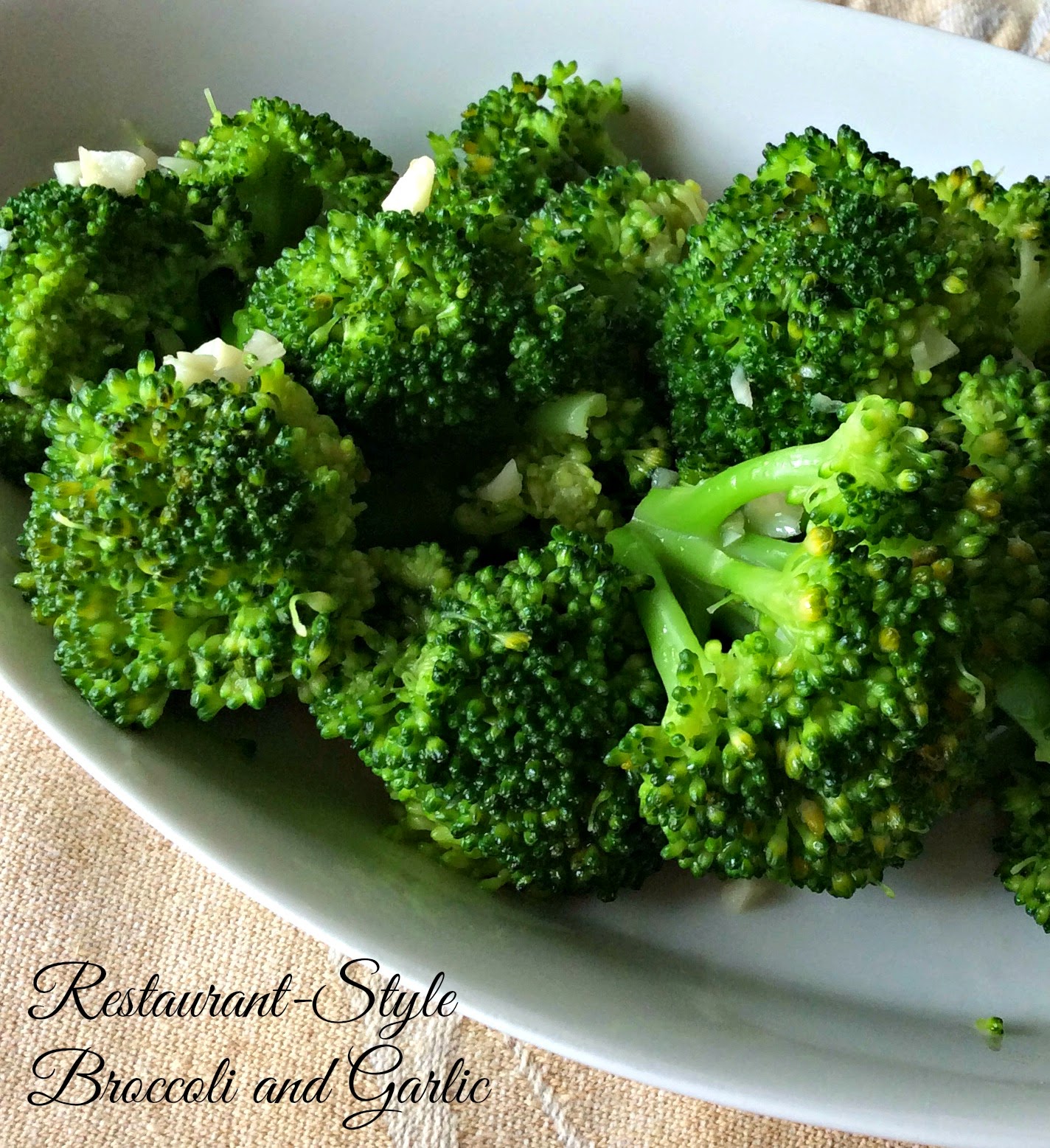Canning Fruits and Vegetables Video and Recipes
Each year my husband makes some home made tomato sauce which last all through the fall, winter and spring based on the crop of tomatoes that he garners from the garden. I also can smaller jars of tomato quarters to use in my macaroni and cheese and other recipes throughout the colder months. For this recipe you will need:
- Tomatoes - approximately 40 lbs.
- 3 large sweet onions - softball size - chopped small dice - split between two pots
- 1/4 cup olive oil for each pot - enough to coat the bottom
- 1/4 cup table salt for each pot
- 1/4 cup of white sugar
- 1 large can tomato paste
- Equipment: 2 large pots for the sauce, a deep roasting pan or other device for the water bath, a jar lifter, wide mouth funnel, quart canning jars, lids and rings. Also a blender and a food mill.
- To make a home made tomato sauce base he begins by removing the core of the tomato and cuts them into large chunks.
- In a large colander over a large bowl add the tomato chunks and let them sit for about an hour or so until some of the liquid drains out. Save the liquid as you can use this later on.
- The onions get diced and the salt and sugar get measured for each pot.
- Next he puts them through the blender adding a touch of tomato liquid or water to get the blender started.
- Then after they are well blended, he puts them through a stainless steel food mill to remove any skin and seeds. What you end up with really is a tomato slurry.
- When the tomatoes are ready, two large pots get heated up with some olive oil to coat the bottom of the pot. The pots we use are 24 quart pots. A photo is below.
- The onions go in and get cooked over medium heat until softened.
- He adds in the slurry to the line you can see on the pot. (Notice the line in the photograph.)
- In goes the sugar and salt which gets stirred to incorporate.
- This all cooks on a low, low simmer with the lid OFF for about 3-4 hours until the liquid reduces by approximately 2 inches. You will have to stir occasionally so the sauce does not burn.
- After the liquid is reduce add about 1/2 of the can of tomato paste to each pot, mixing well.
- Once reduced the sauce goes into wide mouth quart jars with 1 tsp. of lemon juice per jar and filled to the rim line of the jar.
- Place the lids and rings on the jars. Do not tighten completely at this stage.
- Boil for 25 minutes in a deep water bath. Remove jars with the jar lifter to a clean towel. Using a heat proof glove, finish securing the lids tight.
- Each pot yields about 3 gallons of sauce which is the equivalent of 12 quart jars.
The pan we use for canning.
The 24 quart pot used to make the sauce.
Our last two jars of sauce.
One of the nice things about this whole process is that the next step for me is to can my tomato quarters. The process is rather simple. I use a bottled lemon juice which is far less expensive and less time consuming than squeezing real lemons. Besides, the acidity level of a jarred lemon juice helps in sustaining the product for longer periods.
- Whole tomatoes
- Wide mouth pint jars, rings and lids
- 1 tbsp. lemon juice FOR EACH PINT
- Core your tomatoes. Score the top side of the tomato with a sharp knife making an X.
- Place the scored tomatoes in boiling water until the skin starts to burst and remove them to a large bowl.
- When they are cool enough to handle, peel the skins and discard them.
- Cut the tomatoes to the size you want and place them in the jars with the lemon juice. And, if you have made some home made tomato sauce add 1 or 2 tbsp. of that into the jar as well. Note though that is not necessary.
- Using a spatula go around the edge to remove any air bubbles.
- Add the lid and ring and loosely tighten.
- Place the jars in boiling water and boil for 25 minutes.
- Remove from the water, place on a kitchen towel and tighten the lids. When you hear the pop you have sealed in goodness for the long winter ahead.














Saw your garden on FB we planted one too. You are our canning professor. Thanks 'teach'.
ReplyDeleteThis comment has been removed by a blog administrator.
ReplyDelete